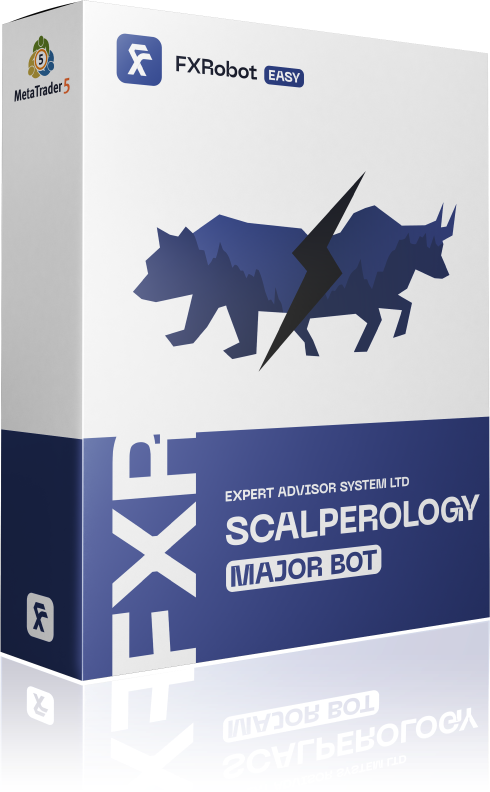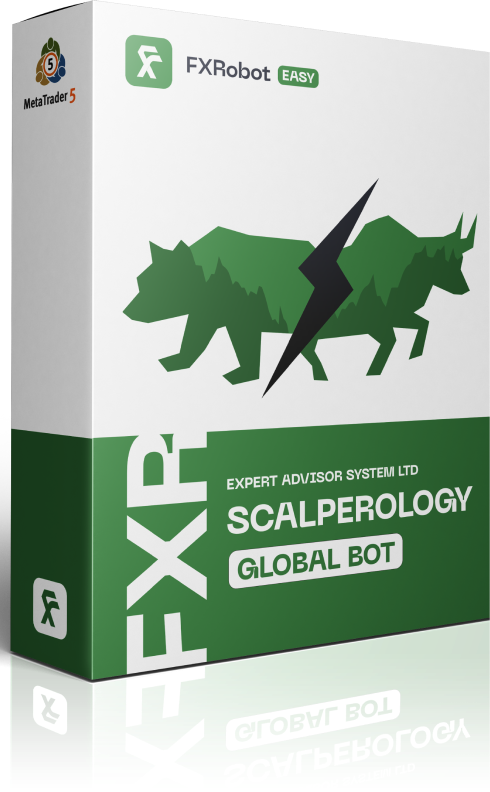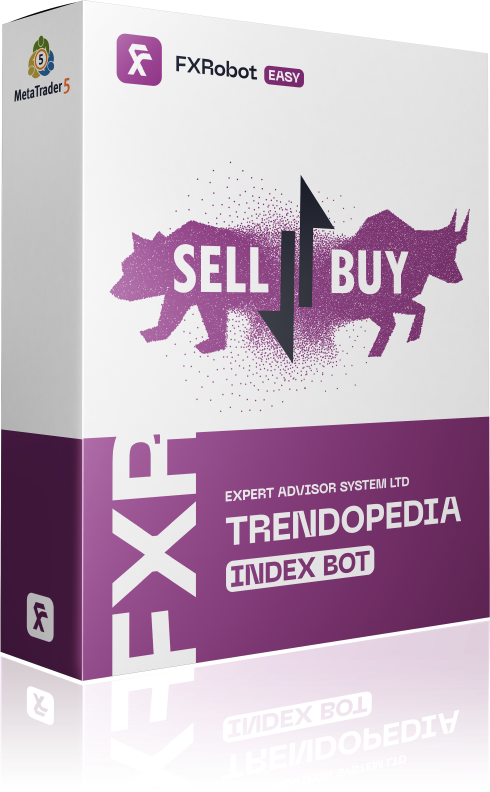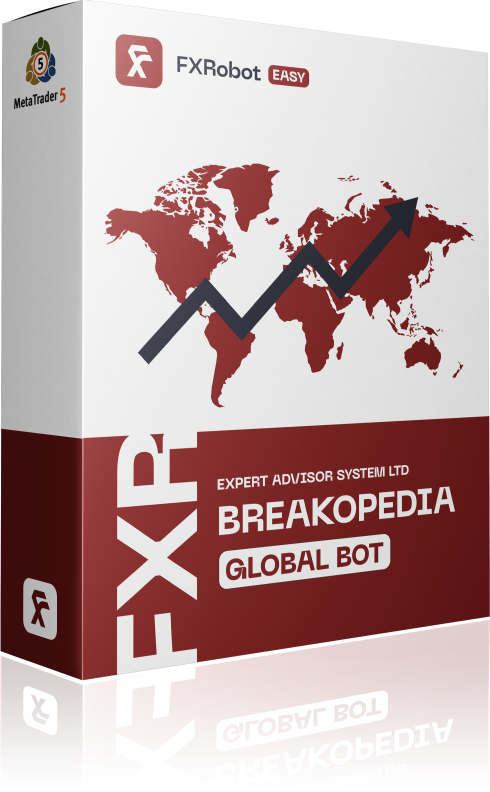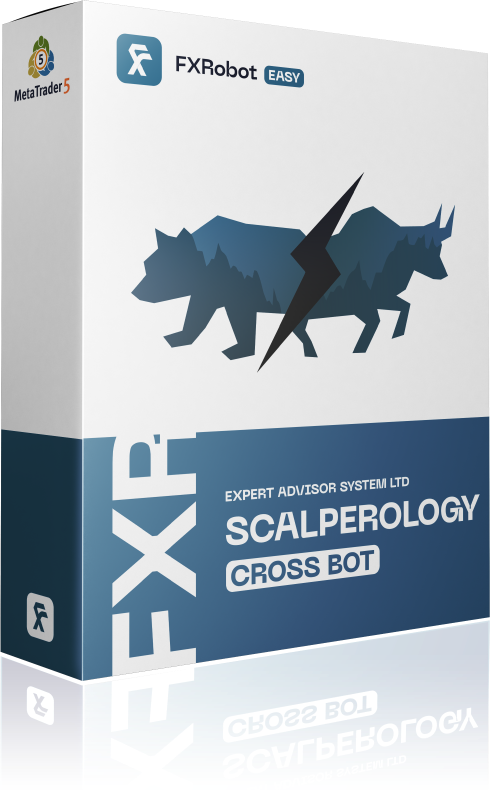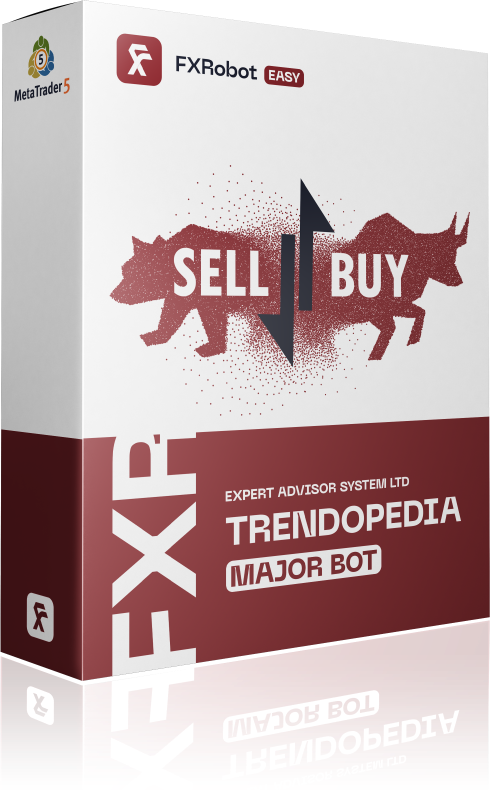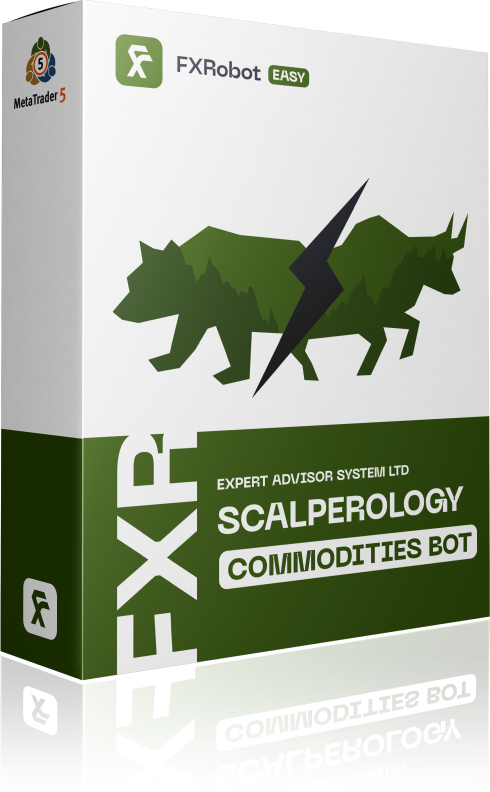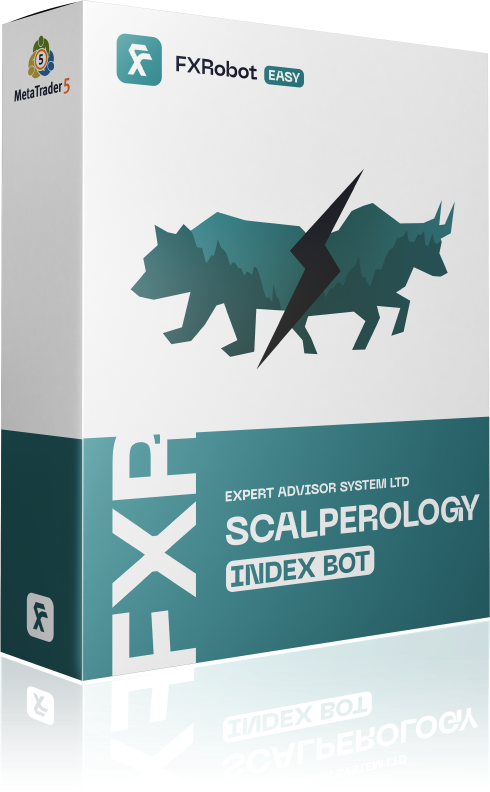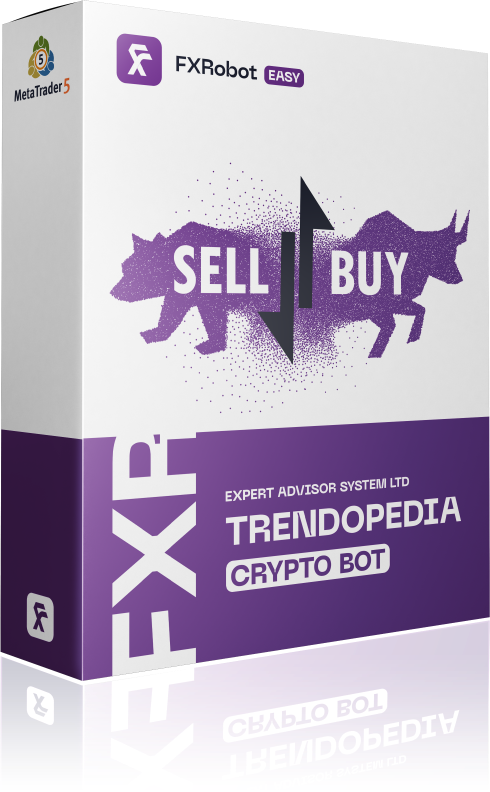At this time, purchasing EASY Bot items is not available to all members. Read more - how to get access to purchase
FAQ
In the world of financial trading, a titanic duel is unfolding, reminiscent of the clash between David and Goliath, only this time it’s between Quantum Computing and Traditional Computing. This isn’t just a battle over processing speed or efficiency; it’s a contest that could redefine the very fabric of trading strategy development. Let’s dive into this epic face-off, adding a touch of humor to lighten the complex quantum theories and computer science jargon that usually accompanies such discussions.
The Contenders in the Ring
Traditional Computing: The steadfast Goliath, equipped with binary logic, processes information in bits (0s and 1s). It’s like the reliable old car that’s gotten us from A to B for decades. It follows a straightforward path, calculating probabilities and making predictions based on linear progressions. In trading, traditional computing algorithms have been the backbone of predictive analytics, executing trades with the precision of a well-oiled machine.
Quantum Computing: Enter David, but instead of a slingshot, he wields qubits, the quantum bits that can be both 0 and 1 simultaneously, thanks to superposition. This allows quantum computers to process vast amounts of data at speeds traditional computers can only dream of. In the trading world, quantum computing promises to calculate all possible market scenarios in parallel, delivering insights with unprecedented speed and accuracy.
The Battle Ground: Trading Strategies
The arena where this battle plays out is the development and execution of trading strategies. Traditional computing approaches trading with a methodical analysis, evaluating historical data to forecast future market movements. It’s like reading tea leaves, but with the aid of a supercomputer.
Quantum computing, on the other hand, is like having a crystal ball. It doesn’t just predict the future; it examines multiple futures simultaneously. This quantum approach to trading can potentially identify profitable opportunities and risks far beyond the capabilities of traditional algorithms, all in the blink of an eye.
The Speed and Efficiency Showdown
When it comes to speed and efficiency, traditional computing has been hitting the gym, optimizing algorithms to process data faster and more efficiently. However, quantum computing is on another level entirely. It’s like comparing a horse-drawn carriage to a spaceship. Quantum computing’s ability to perform complex calculations simultaneously gives it a leg-up, especially in the fast-paced world of trading where milliseconds can mean millions.
The Risk Management Melee
In the treacherous waters of risk management, traditional computing has long been the captain, navigating through storms with charts and compasses. It’s adept at analyzing trends and applying statistical models to mitigate risks.
Quantum computing, however, promises to map the entire ocean, including the location of every possible iceberg, in a fraction of the time. By assessing the probability of various market outcomes simultaneously, quantum computing could offer traders a panoramic view of potential risks and rewards.
The Verdict: A Friendly Handshake?
While the face-off between quantum computing and traditional computing in trading resembles an epic battle, the reality might be less about one winning over the other and more about how they can complement each other. Imagine a trading strategy where traditional computing handles routine tasks while quantum computing tackles complex, data-intensive analyses. This partnership could offer traders the best of both worlds: the reliability and established methods of traditional computing with the groundbreaking, speed-of-light insights provided by quantum computing.
Conclusion: The Future of Trading
As we stand on the precipice of a new era in financial trading, the face-off between quantum and traditional computing heralds exciting possibilities. While quantum computing is still in its nascent stages, its potential to transform trading strategies is undeniable. However, until quantum computing fully matures, traditional computing will continue to be the reliable workhorse driving trading strategies forward. In the meantime, let’s enjoy the spectacle of this epochal clash, appreciating the strengths and possibilities each contender brings to the trading floor. And who knows? In the end, the biggest winners might just be the traders who learn to harness the power of both.

